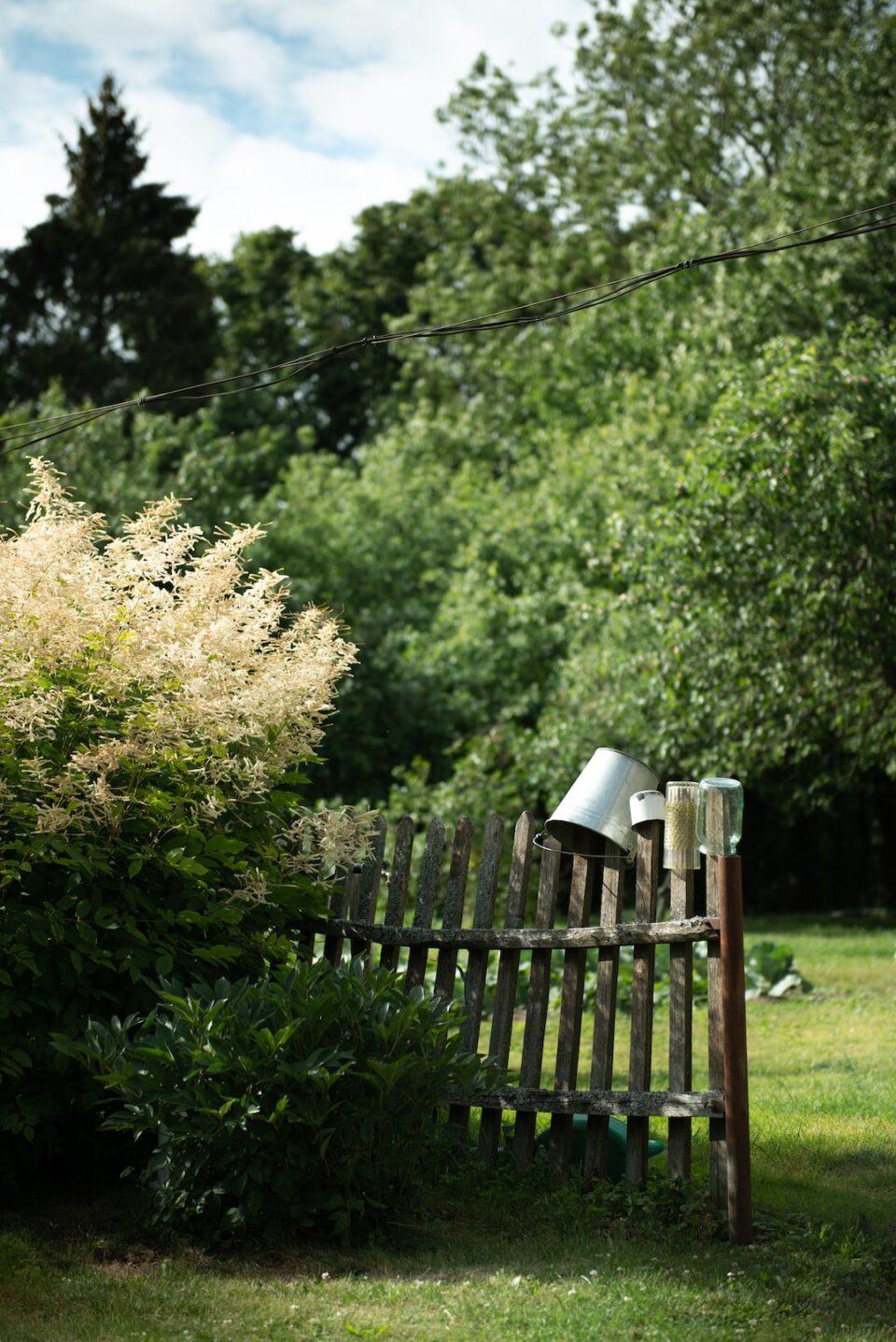Creating a Sustainable Garden
In today’s world, the importance of sustainability cannot be overstated. With the threats of climate change and environmental degradation becoming increasingly evident, it is crucial that we take steps to protect and preserve our planet. One way we can do this is by creating a sustainable garden. Not only will a sustainable garden help to conserve resources and reduce pollution, but it can also provide you with a beautiful and vibrant outdoor space to enjoy. Here are some tips on how to create a sustainable garden:
1. Plan and Design
Before you start digging and planting, it is essential to have a clear plan and design for your garden. Assess your space and consider factors such as sunlight, soil quality, and water availability. By understanding the unique characteristics of your garden, you can choose plants and design features that are best suited to thrive in that environment. This will reduce the need for excessive watering, fertilization, and other inputs.
2. Choose Native Plants
When selecting plants for your garden, opt for native species whenever possible. Native plants are adapted to the local climate, which means they require less water and maintenance compared to exotic or non-native species. Additionally, native plants provide important habitat for local wildlife, including birds, bees, and butterflies. By promoting biodiversity in your garden, you are contributing to the overall health of the ecosystem.
3. Compost and Mulch
Composting is an effective way to reduce organic waste and improve the fertility of your garden soil. Create a composting system using kitchen scraps, yard waste, and other organic materials, and allow them to decompose over time. The resulting compost can be used as a nutrient-rich soil amendment for your plants. Likewise, using organic mulch, such as leaves or wood chips, around your plants helps retain moisture, suppress weeds, and enhance soil health.
4. Conserve Water
Water is a precious resource, and it is imperative to use it wisely in your garden. Consider installing a rainwater harvesting system to collect rainwater from your roof. This harvested water can then be used for watering your plants, reducing your reliance on municipal water sources. Additionally, watering your garden strategically can help conserve water. Water early in the morning or late in the evening to minimize evaporation, and use drip irrigation or soaker hoses to target the roots of your plants efficiently.
5. Practice Integrated Pest Management
Instead of resorting to chemical pesticides, embrace integrated pest management (IPM) techniques to control pests in your garden. IPM involves a combination of preventive measures and natural remedies to manage pests effectively. For example, planting companion plants that repel pests or attract beneficial insects, like ladybugs or lacewings, can help control pest populations naturally. Regularly inspect your plants for signs of pest damage and take appropriate action before the problem becomes severe.
6. Minimize Waste and Use Recycled Materials
When designing and maintaining your garden, aim to minimize waste and incorporate recycled materials. Repurpose items such as old buckets or pallets as planters or compost bins. Use reclaimed bricks or stones for pathways or borders. These practices not only reduce waste but also add a unique charm and character to your garden.
Creating a sustainable garden is a small yet meaningful step towards addressing environmental issues. By following these tips, you can enjoy a thriving, environmentally-friendly garden that benefits both you and the planet. Let us all embrace sustainability and work together towards a better future.

